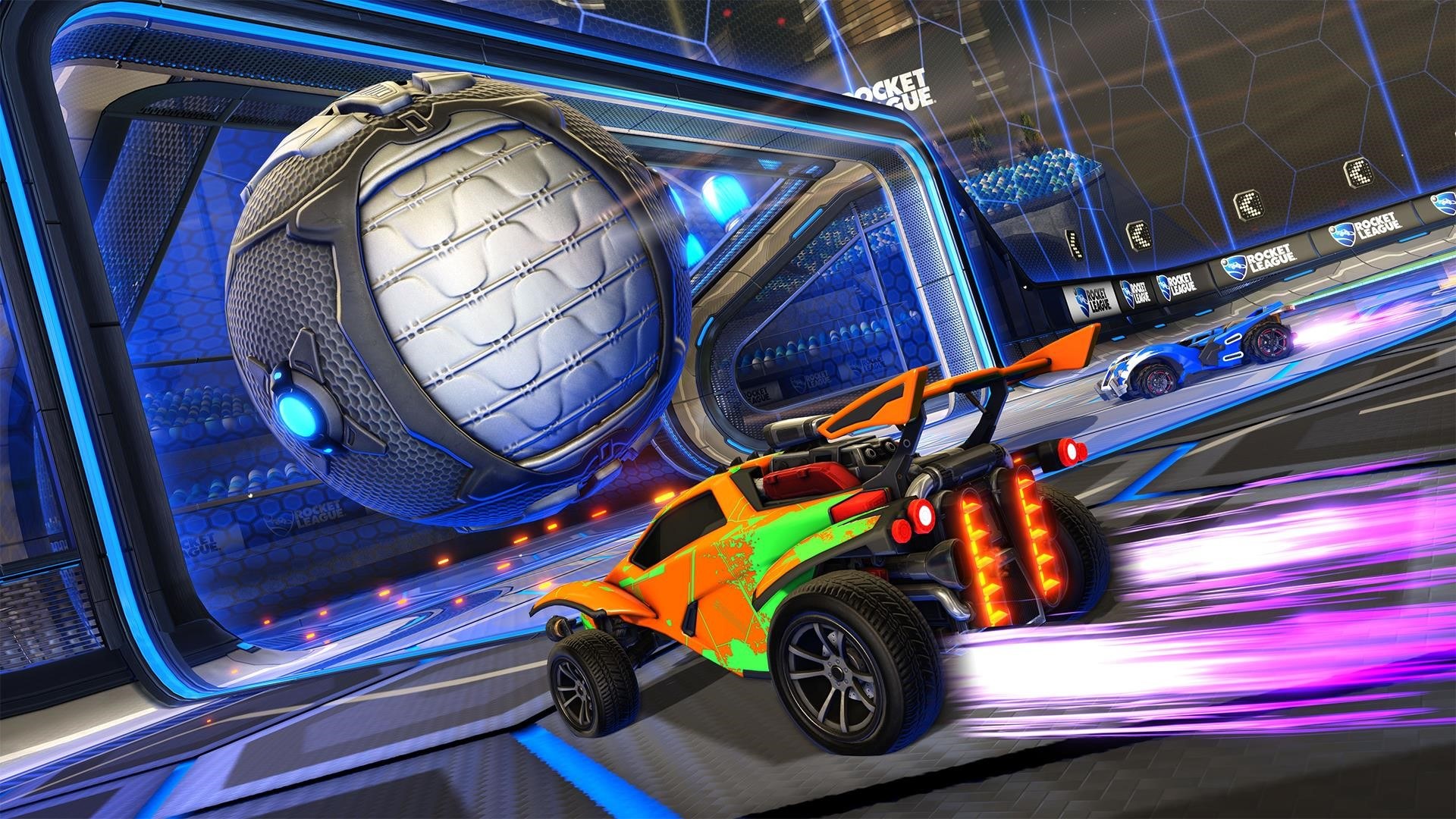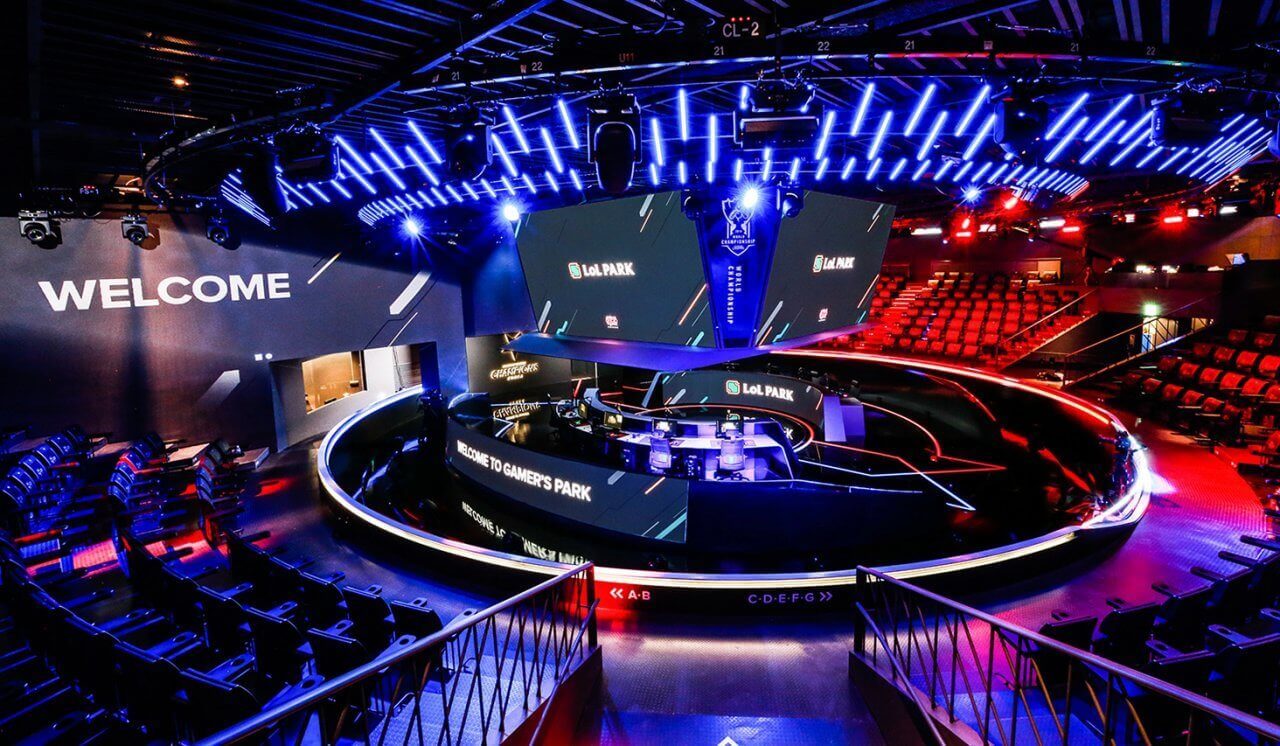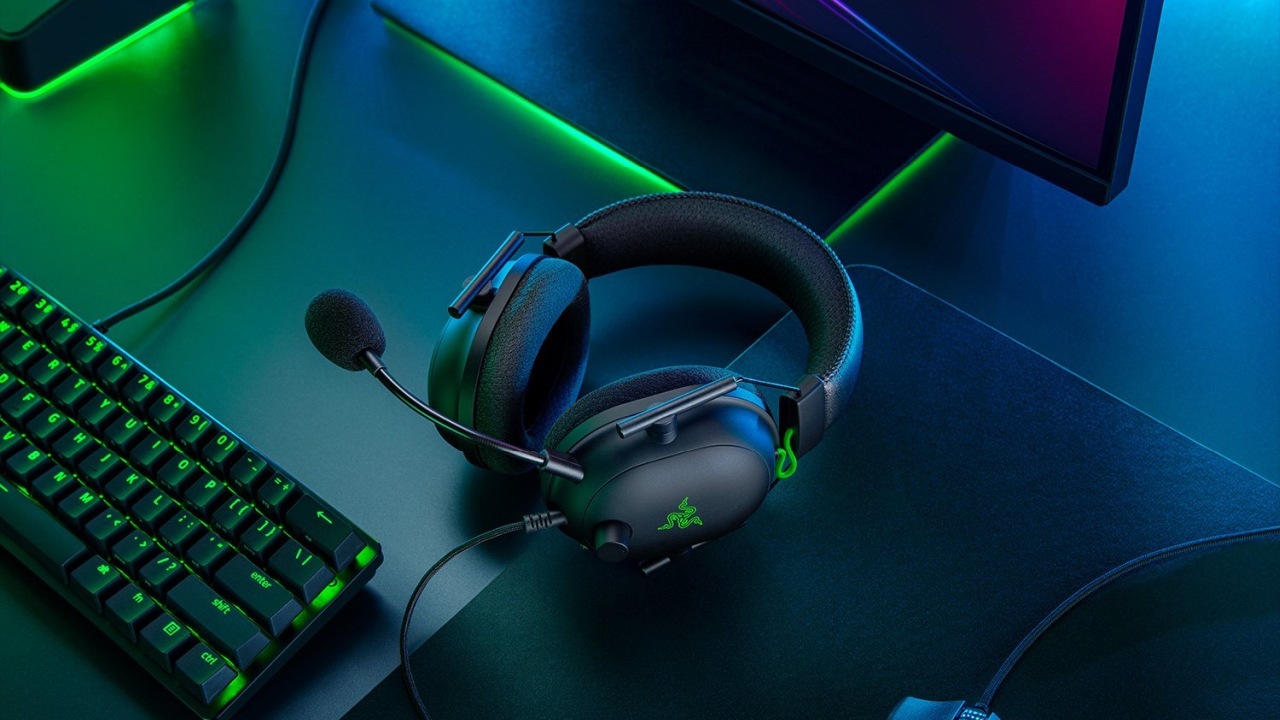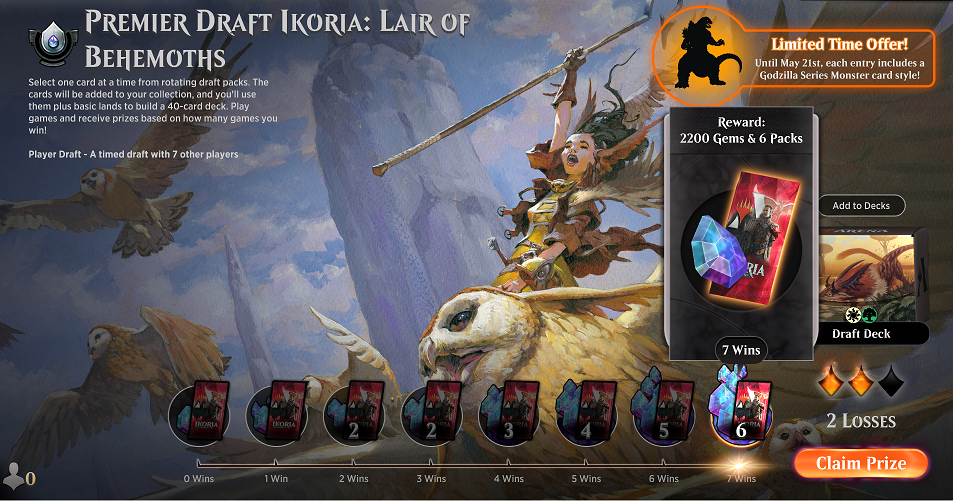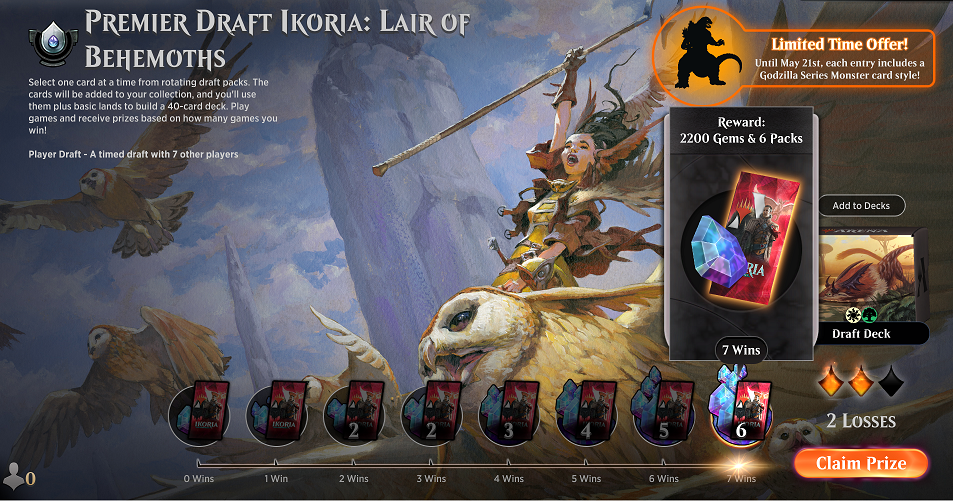
Struggling at Draft or Sealed? Want to boost your Magic: The Gathering Arena with some gems and packs? Follow the BREAD system and you’ll see improvement in your Limited play in no time!
Whether it is an 8-people Premiere Draft Cube, or a prerelease party, Limited is one of the most exciting formats of Magic: The Gathering. Nothing gives quite the same feeling as cracking open a few brand new packs not knowing what you’ll get, piling up a collection of random cards, and making the best out of them by forming a tight strategy and a winning gameplan on the spot. If the magic formats could be compared to music genres than Limited is definitely jazz - ephemeral, improvisational, and highly demanding of the player’s skill. One way to get noticeably better at Limited is a system dubbed BREAD.
This, of course, has nothing to do with gluten. The name is actually an acronym for bombs-removal-evasion-aggro-duds. The ability to open up a booster pack, look at its contents, and immediately know which card goes in each category of BREAD separates the Limited newbies from the successful champions. Let’s explore each of these.

Bombs
The B in BREAD stands for the so-called “bombs”. A bomb is a flashy, undoubtedly powerful card that when played will heavily swing the game in your favor, if not straight-up winning it. Rare and Mythic cards are almost always bombs. Big creatures with powerful effects or key combo pieces can still be bombs. If you see a Planeswalker card, it is most certainly a bomb… well, at least outside of War of the Spark.
Bombs are exciting and we love opening them and building decks around them. Often times a bomb will bo so powerful, that we will make most of the other choices of cards for our deck around it, so it gets all the support it can. When deciding what to do with a bomb, it’s worth it to ask these questions:
- Can I draw my bomb? Scrying and fetching effects help a lot.
- Can I protect my bomb? If the enemy just kills our Planeswalker after one turn we won’t get the best results, so we need to think about protection.
- Can I get it back from the graveyard? If the bomb didn’t win us the game the first time, using it again will surely help.
Bombs also have a dark side, though. Some of them are so excited, that we might get overzealous and include them in our decks without the proper support, just to have them. This is never a good option and will lose you many games. Some Sealed players are so careful about this, that they would set their Rares aside without looking at them, building a balanced deck first, and then seeing if they could add a bomb to help. Remember, bobs are great, but you can definitely win without them.
Removal
The R in BREAD stands for ”removal”. These are the spells that would get a threat off the battlefield and make quick work of our opponent’s bombs. Removal could be quite literal with kill spells that destroy and exile creatures, but could also be indirect with things like Pacifism, stopping a creature from attacking or blocking. Blue has access to counterspells such as Essence Scatter, and green has “fight” effects, which could also be included in the R section of our deck as they serve a similar purpose.
Evasion
The E in BREAD stands for “evasion”. Simply put, these are all the effects that will help our creatures not die to removal and reach the opponent’s life total with their attacks. Things like Flying and Hexproof are classic examples of evasive abilities. Ikoria, Lair of Behemoths spices things up significantly with its keyword counters and the Mutate mechanic, allowing even creatures without evasive abilities to and get access to them.
It’s important to plan for evasion while building a deck, as having strong creatures is nice, but actually having them hit the target often requires work.
Aggro
The A in BREAD stands for “aggro” or “aggression”. This is more or less a continuation of our last point about getting the job done. Creatures with Haste, or anything that deals direct face damage is considered an aggro card and makes our road to victory easier. This is especially true if red is one of our colors.
Duds
Finally, the D in BREAD stands for “duds”. A dud is the opposite of a bomb - a card that’s either too weak to get us anywhere, or a card that is just a little too expensive, does too little or does not synergize with our other cards and general strategy. It’s a common rookie mistake to want to include as many strategies as you can in your Limited deck and have a little taste of everything. The more streamlined and consistent your game plan is, the more you’ll win. This means knowing when to put your foot down and put a decent card in the sideboard. We don’t need decent cards, we need great ones.
While the acronym is admittedly silly, the BREAD system is a very real thing and even pro players vouch for it. Keeping these five categories in mind and making the most out of them in combination will definitely improve your Draft and Sealed experience, so do give it a try next time.
For more MTGA tips and tricks look no further than EarlyGame!






















